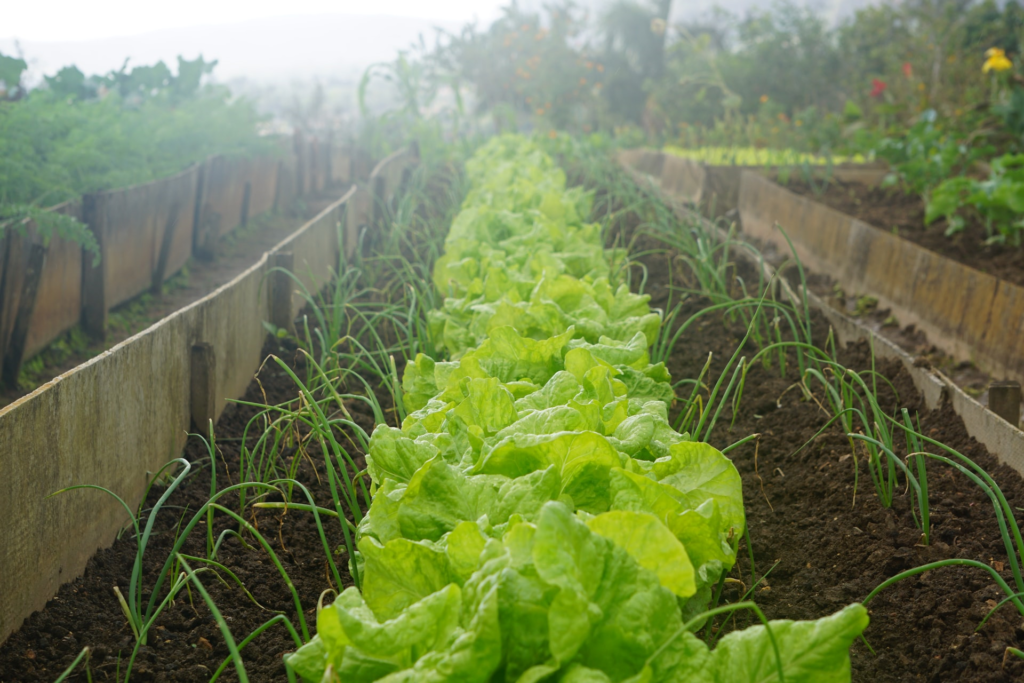(par 5.4.4 ) Urbanization (taken from Wikipedia)

Urbanization http://en.wikipedia.org/wiki/Urbanization From Wikipedia, the free encyclopedia Global urbanization map showing the percentage of urbanization per country in 2012 Guangzhou, a city of 12 million people, is one of the 8 adjacent metropolises located in the largest single agglomeration on earth, ringing the Pearl River Delta of China. Mumbai is the most populous city in India, and the […]
(par 5.4.4 ) Human Ecology (taken from Wikipedia)

Human ecology http://en.wikipedia.org/wiki/Human_ecology From Wikipedia, the free encyclopedia Human ecology is an interdisciplinary and transdisciplinary study of the relationship between humans and their natural, social, and built environments. The philosophy and study of human ecology has a diffuse history with advancements in geography, sociology, psychology, anthropology, zoology, epidemiology, public health, home economics, and natural ecology, among others. Part of the built environment – suburbantract housing in Colorado Springs, Colorado Contents 1 Historical development 2 Overview 3 Application to epidemiology […]
(par 5.4.3.2.3.1.1) Organic farming (taken from Wikipedia)

Organic farming http://en.wikipedia.org/wiki/Organic_farming From Wikipedia, the free encyclopedia Organic farming is a form of agriculture that relies on techniques such as crop rotation,green manure, compost, and biological pest control. Depending on whose definition is used, organic farming uses fertilizers and pesticides (which include herbicides,insecticides and fungicides) if they are considered natural (such as bone meal from animals or pyrethrin from flowers), but it excludes or strictly limits the use of various methods […]
